There are between ten and twenty species of
butterflies which can be found on and around the Helsby Hill area. Some
will inevitably find their way into Harmers Wood where they will seek
food plants for larvae (caterpillars) or nectar from flowers to feed
the adult butterflies. The butterflies shown here have been photographed
in and around the area of Helsby and Helsby Hill.
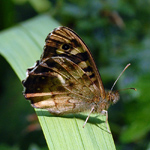
Pararge aegeria Speckled Wood
Helsby 28th July 2008
Previous
Next
|
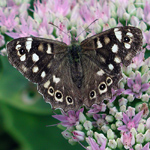
Pararge aegeria Speckled Wood
Helsby 2nd September 2002
Previous
Next
|
|
|
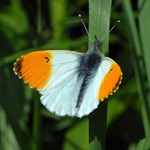
Anthocharis cardamines Orange Tip
Helsby 4th May 2010
Previous
Next
|
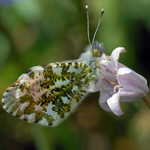
Anthocharis cardamines Orange Tip
Helsby 4th May 2010
Previous
Next
|
|
|
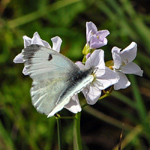
Anthocharis cardamines Orange Tip
Helsby 4th May 2010
Previous
Next
|
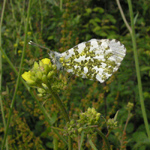
Anthocharis cardamines Orange Tip
Helsby 4th May 2010
Previous
Next
|
|
|
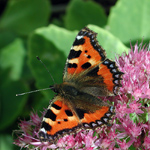
Aglais urticae Small Tortoiseshell
Helsby 2nd September 2002
Previous
Next
|
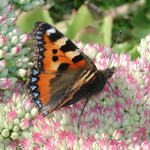
Aglais urticae Small Tortoiseshell
Helsby 2nd September 2002
Previous
Next
|
|
|
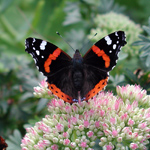
Vanessa atalanta Red Admiral
Helsby 2nd September 2002
Previous
Next
|
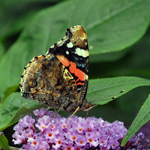
Vanessa atalanta Red Admiral
Helsby 30th July 2008
Previous
Next
|
|
|
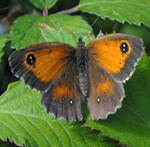
Pyronia tithonus Gatekeeper or Hedge Brown
Helsby marshes 28th July 2008
Previous
Next
|
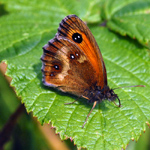
Pyronia tithonus Gatekeeper or Hedge Brown
Helsby marshes 28th July 2008
Previous
Next
|
|
|
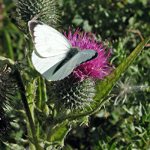
Pieris brassicae Large White
Helsby marshes 4th October 2004
Previous
Next
|
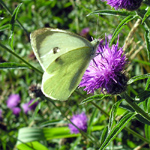
Pieris brassicae Large White
Helsby marshes 28th July 2008
Previous
Next
|
|
|
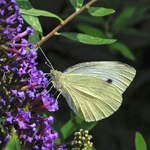
Pieris rapae Small White
Helsby 2nd August 2008
Previous
Next
|
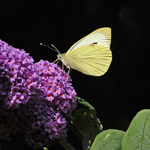
Pieris rapae Small White
Helsby 27th July 2008
Previous
Next
|
|
|
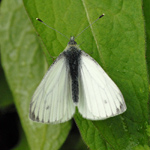
Pieris napi Green-veined White
Helsby 6th May 2009
Previous
Next
|
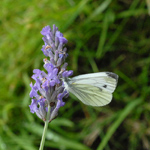
Pieris napi Green-veined White
Helsby 30th July 2008
Previous
Next
|
|
|

